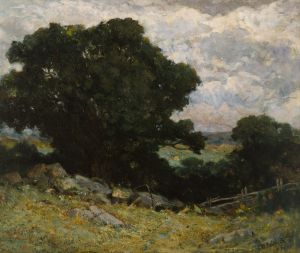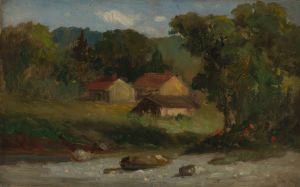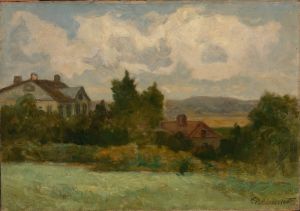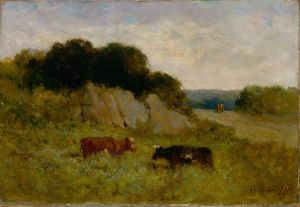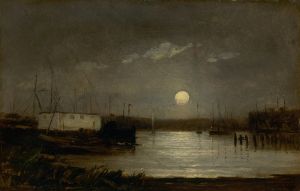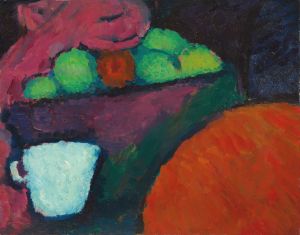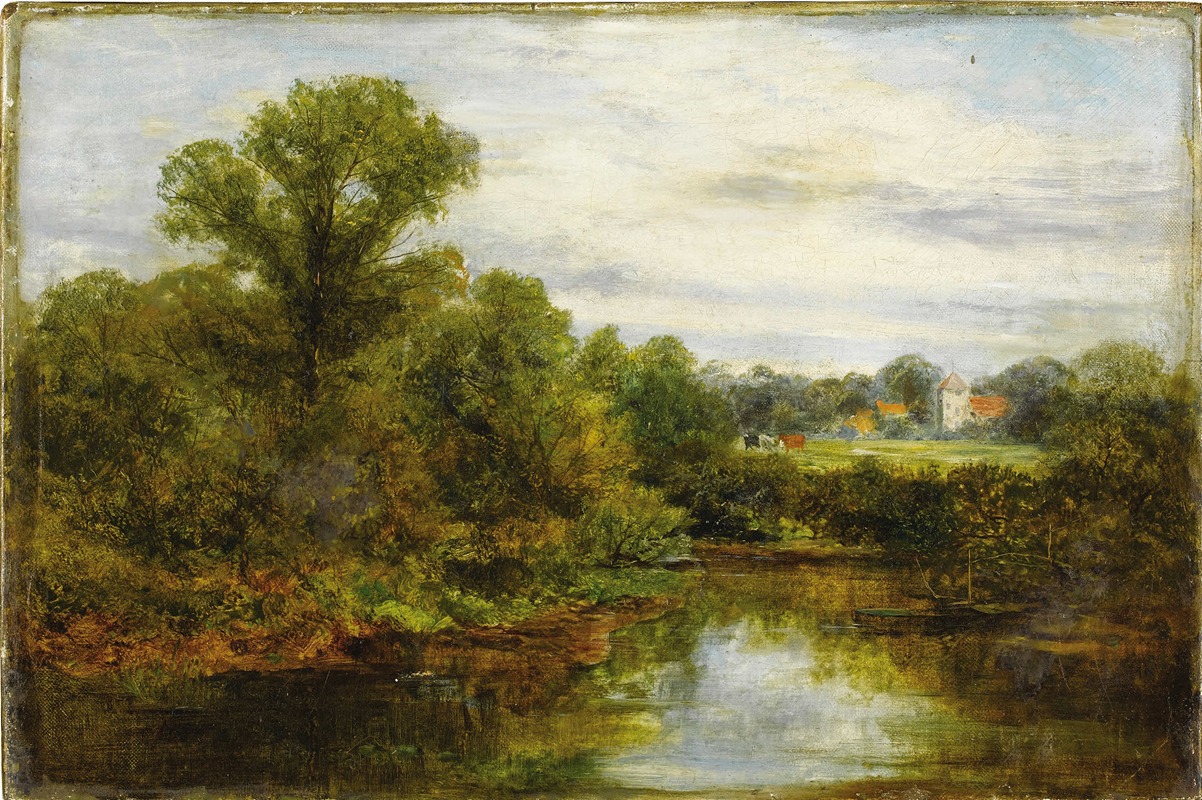
Summertime
A hand-painted replica of Edward Mitchell Bannister’s masterpiece Summertime, meticulously crafted by professional artists to capture the true essence of the original. Each piece is created with museum-quality canvas and rare mineral pigments, carefully painted by experienced artists with delicate brushstrokes and rich, layered colors to perfectly recreate the texture of the original artwork. Unlike machine-printed reproductions, this hand-painted version brings the painting to life, infused with the artist’s emotions and skill in every stroke. Whether for personal collection or home decoration, it instantly elevates the artistic atmosphere of any space.
Edward Mitchell Bannister (1828-1901) was a prominent African American artist known for his contributions to the American art scene in the 19th century. One of his notable works is the painting "Summertime," which exemplifies his skill and dedication to landscape painting.
Bannister was born in St. Andrews, New Brunswick, Canada, and later moved to Boston, Massachusetts, where he pursued his artistic career. Despite facing racial prejudice, he became an influential figure in the art community. His work was recognized for its technical proficiency and emotional depth, often drawing comparisons to the Barbizon school of painters.
"Summertime" is a landscape painting that captures the serene and idyllic essence of a summer day. Bannister's use of light and shadow, along with his attention to detail, creates a sense of tranquility and harmony in the natural setting. The painting features lush greenery, a clear sky, and a peaceful atmosphere, inviting viewers to immerse themselves in the beauty of the scene.
Bannister's technique in "Summertime" reflects his mastery of oil painting. He employed a soft, almost impressionistic approach to brushwork, which allowed him to convey the gentle movement of leaves and the play of sunlight on the landscape. His color palette is warm and inviting, dominated by greens, blues, and earthy tones that evoke the richness of the summer season.
The composition of "Summertime" is carefully balanced, with a foreground that leads the viewer's eye into the middle ground and background. This creates a sense of depth and perspective, making the viewer feel as though they are stepping into the scene. Bannister's ability to capture the essence of nature with such precision and emotion is a testament to his talent and dedication as an artist.
Throughout his career, Bannister received several accolades for his work. In 1876, he won a bronze medal at the Philadelphia Centennial Exposition for his painting "Under the Oaks," which helped to solidify his reputation as a skilled landscape painter. Despite the challenges he faced due to his race, Bannister continued to produce art that resonated with audiences and critics alike.
"Summertime" is a reflection of Bannister's commitment to portraying the natural world with honesty and beauty. His work not only showcases his technical abilities but also his deep appreciation for the landscapes he painted. Bannister's legacy as an artist is significant, as he paved the way for future generations of African American artists to pursue their passions and gain recognition in the art world.
Today, Edward Mitchell Bannister's paintings, including "Summertime," are celebrated for their contribution to American art history. His work is held in various collections and continues to be studied and admired for its artistic merit and historical importance. Bannister's dedication to his craft and his ability to overcome societal barriers make him a notable figure in the history of American art.










